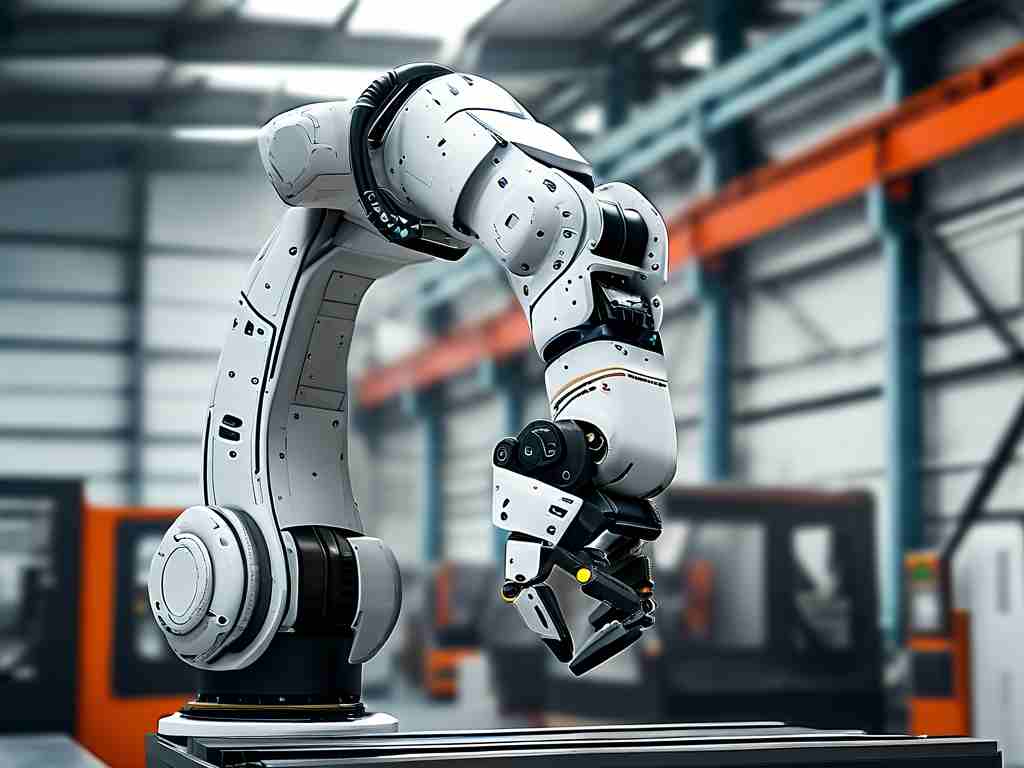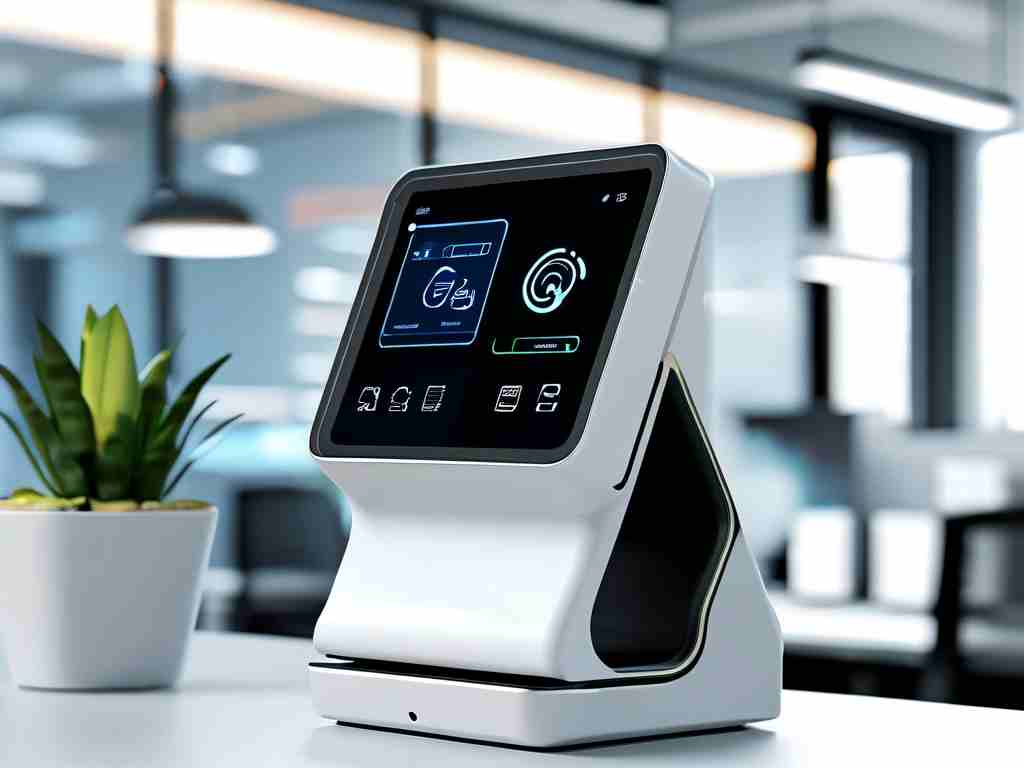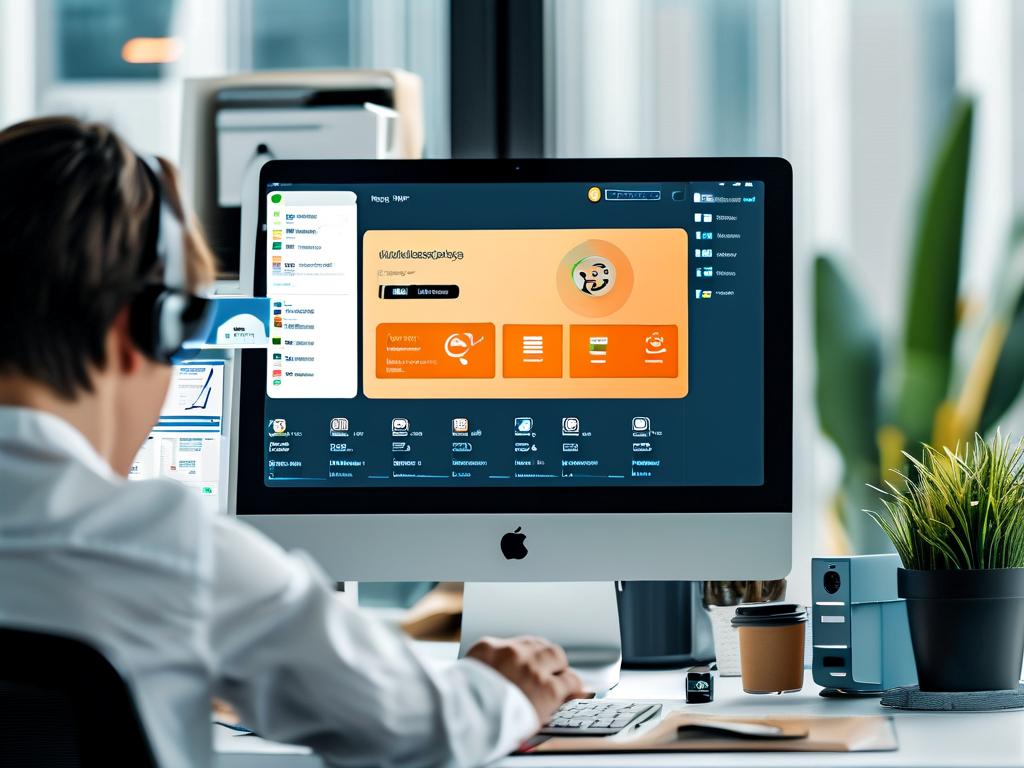In today's fast-paced work environment, businesses increasingly rely on automated solutions to streamline operations. One area gaining traction is automated deployment clock-in software, which combines workforce management with cutting-edge technology. These tools eliminate manual timekeeping errors while ensuring compliance with labor regulations—a critical advantage for distributed teams and hybrid workplaces.

A standout feature of modern automated clock-in systems is their integration with existing infrastructure. For instance, some platforms use geofencing and facial recognition to verify employee locations during remote check-ins. This approach maintains accountability without requiring physical presence, particularly useful for field service teams or global organizations. Developers often implement these features using code snippets like:
def verify_location(employee_gps, workspace_radius):
return distance(employee_gps, workspace_coordinates) <= workspace_radius
Another emerging trend is the convergence of deployment pipelines with attendance tracking. Tools like Jenkins and GitLab CI now offer plugins that log team members' active hours directly from commit timestamps. This dual-purpose automation helps project managers correlate productivity metrics with actual work hours, creating transparency in agile workflows.
Security remains a paramount concern. Top-tier solutions employ end-to-end encryption for biometric data and multi-factor authentication. A case study from a Fortune 500 company revealed a 40% reduction in time theft after implementing blockchain-based timestamping—a method that creates immutable attendance records.
The market offers diverse options catering to specific needs. Cloud-native platforms excel for SaaS companies, while on-premise solutions remain popular in regulated industries like healthcare. Machine learning enhancements now predict staffing requirements by analyzing historical punch-in patterns, enabling proactive resource allocation.
Despite these advancements, challenges persist. Organizations must balance automation with privacy considerations, especially regarding GPS tracking in non-work hours. Successful implementations typically involve clear employee communication and customizable privacy settings within the software interface.
Looking ahead, the integration of IoT devices promises new frontiers. Smart badge systems syncing with office sensors could automate attendance while monitoring workspace utilization—a potential game-changer for facilities management. As these technologies evolve, automated deployment clock-in software will likely become central to strategic workforce optimization rather than merely operational tools.









